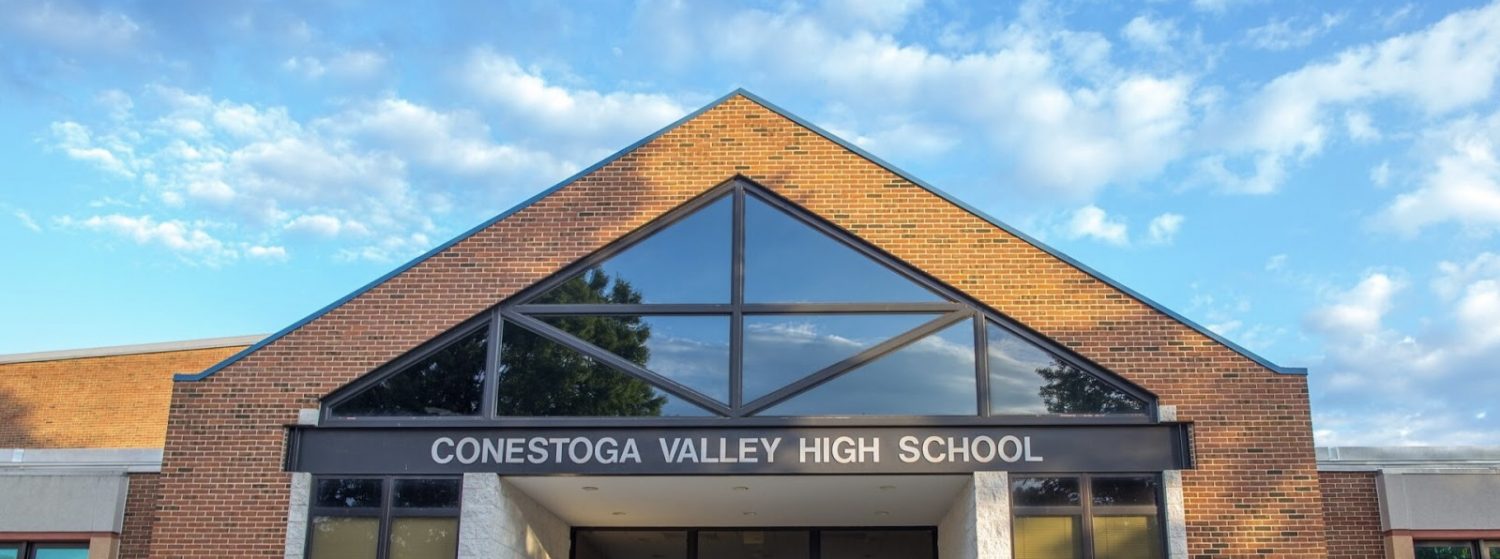By Aidan Nash ‘23
A newfound joyride in magic and adventure, The Owl House is a mystifying experience of a show that creates wonder and emotion through its diversity and worldbuilding, both of which craft something modern Disney lacks: art.
While Disney’s products are still quite visually impressive, today’s creations by the company often feel corporate, cheap, and formulaic, and it seems like they typically put money rather than passion first. However, The Owl House is radically different from this and offers a fresh change of pace from Disney’s little soul in their productions.
Beginning in 2019, The Owl House follows an eccentric teenage Latina girl, Luz Noceda, as she accidentally finds herself in a strange and magical land called the Boiling Isles. Immediately thrust into action, she starts being taken care of and eventually trained as a witch by Edalyn Clawthorne, the imperial-wanted Owl Lady who resides in the magical Owl House.
Along her journeys and ever-evolving overall quest, Luz develops relationships with diverse characters, makes selfless sacrifices to grow herself and those around her, and uncovers mysteries that forever change the lives of her friends and family. Her adventures and the stories of those around her all come together to create something truly special.
Having watched The Owl House over the past few months, I was left with an incredible taste in my mouth from its overwhelming strengths, and it reinvigorated the passion I had lost for fantasy. The show’s creator, Dana Terrace, created all of its triumphs, but she particularly weaves diversity naturally in characters to represent different communities and promote positivity.
A primary example of this fluid diversity is how Terrace handles same-sex relationships. Later on in the show, two characters of the same sex develop feelings for each other and form a connection. This connection is healthily treated like any other relationship.
These two characters and several others have beautiful places in the show, and their minority status makes sense for their arcs while remaining a charming part of the mystical world. As stated earlier, this diverges from many corporate productions that lazily insert barely even a few minutes of “representation” in characters to meet a quota.
While The Owl House does deviate from modern Disney and media in this regard, it also retains the charm that makes animation so magical. The art and animation are very expressive and beautifully drawn, all in an art style reminiscent of Disney’s 2012 show Gravity Falls.
The set pieces and worldbuilding are rich and detailed, yet the moving parts of the world are just simple enough for people of all ages to comprehend and adore. The world’s background highlights the aspects of authority’s overreach and discrimination in the Emperor’s rule over the Boiling Isles in ways comparable to Avatar: The Last Airbender’s authoritarian Fire Nation.
The Owl House, however, despite its strong overall craft, may seem unimpressive to some initially. The series remains fun and creative throughout, but there are quite a few filler episodes that don’t advance the story or characters to a notable degree. In addition, the first season, particularly the first 10 episodes, feel rather slow, and its message of diversity is initially in-your-face on a few occasions.
However, as the show progresses and sets its elements up, it gets much more comfortable with representing different communities implicitly and begins to follow the rule of “Show, don’t tell.” It slowly evolves from a fun yet simple series to something thoughtful and amusing enough to keep all interested.
Dana Terrace has worked long and hard to make this show come true, especially considering how hard Disney has hampered her well-earned accomplishments with their recent canceling of the show. The appalling cancellation of such a passionate series is clearly indicative of Disney’s greed, but the series’ team isn’t letting it go down without a bang.
So, as the final episode gets ready to air in the spring of this year, give The Owl House a chance on Disney Plus. When it all comes together, it is a magical and truly unique experience that lucky viewers will never regret.
